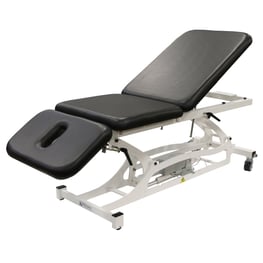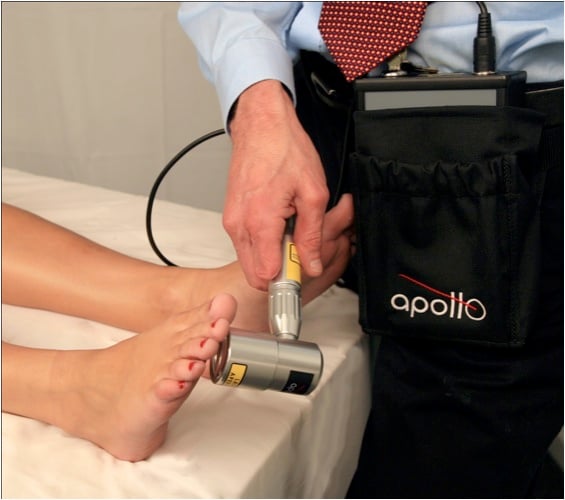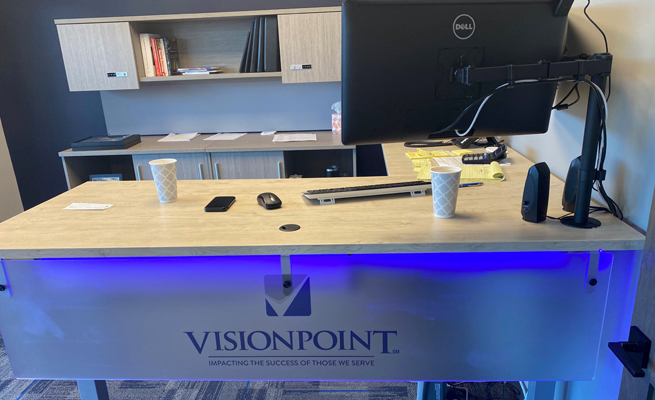Exercise. Eat right. Don’t smoke. If you follow these prescriptions, chances are pretty good you’ll live a long, healthy life. But with a longer life comes a good bit more wear and tear on your body, much of which is completely normal. Pain that is intermittent and that typically resolves on its own is what clinicians like to call "normal abnormal" – it basically means “you're alive,” and that's terrific.
 But when pain settles in and you feel like you're missing out on your ability to move freely, physical therapists – or what I like to call “sports pain jedis” or SPJs – are at their best. Here are four reasons to see a sports pain jedi you may never have considered:
But when pain settles in and you feel like you're missing out on your ability to move freely, physical therapists – or what I like to call “sports pain jedis” or SPJs – are at their best. Here are four reasons to see a sports pain jedi you may never have considered:
1. You want to boost your athletic performance.
Whether you aspire to play sports in college or just like shooting hoops on weekends, you’re an athlete in my book. Maybe gardening is your thing. If you don't think those dance classes you go to involve athletic ability, just consider how much more clumsy you felt when you first enrolled. Yes, we are all athletes.
But is your body getting what it needs to move most effectively? Is everything that should be moving moving well? Are the parts that should be nice and stable actually holding things together?
SPJs have the power to keep you running at top speed, no matter what your favorite activities are. They just have to watch you move to see the unseen. It's common to see an SPJ quickly identify a seemingly unrelated part of the body that winds up having a huge impact on your athletic ability – whatever that means to you. SPJs know where to push and pull and allow your body to do the rest.
2. You don’t want to get injured.
What if you don't hurt or only hurt "a little?” While it's not always necessary to seek care for the bumps and bruises that come from normal activity, it’s useful to become educated and get answers when small pains begin to stack up and change the way you move normally.
Our bodies already have a few superpowers. For example, they’re immensely resilient and have an impressive capacity to heal. More often than not, fear of re-injury and compensating for a previous injury by, say, changing your gait slightly, actually leads to more persistent pain. SPJs are great to have around in these cases because they know exactly when and where to apply stress to the body to speed up healing, as well how to help people best understand how to heal themselves.
|
|
3. You want to look good naked.
Who doesn’t want to be comfortable in his or her skin? Helping you become so is a little-known superpower of SPJs. For one, they know all the moves to help you engage in moderate to intense physical activity – aka the start of your journey to look good naked. They also know how to tweak
your exercise program, which can improve your physique. Perhaps the most fun side effect of being a versatile and powerful mover is looking good naked. Let an SPJ help you experience whole body beauty.
4. You want to save money and time.
Surgery can be expensive, timely and require a frustrating amount of recovery time. But
what if I told you that mounting evidence shows that, in some cases, an SPJ’s management is as effective as many surgical treatments for hip, back, shoulder and knee pain? Believe it. Not only can SPJs save people from some unnecessary surgeries, but good SPJs can also be more cost-effective than the many expensive diagnostic tools typically used to "take a look" at those painful areas. Even if surgery is the best option, a well-trained SPJ can guide you along the healing process and get you back to your favorite activities in no time





